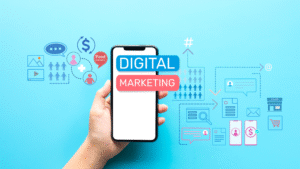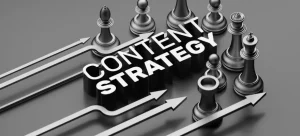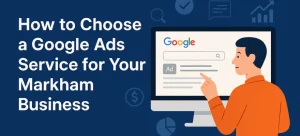Omnichannel marketing is the fix for one of the biggest problems in business today: scattered experiences that drive customers away.
Ever notice how your online ads, emails, and in-store service all feel like they’re from different companies? That’s what kills trust. That’s what kills sales.
If your customer has to repeat themselves to three different departments, they’re gone. If they see a promo online but can’t redeem it in your shop, they’re frustrated.
That’s what we’re solving here.
We’re not talking theory. We’re talking about the strategy that Amazon, Best Buy, and thousands of smart brands are using right now to boost customer engagement, drive repeat purchases, and build serious customer loyalty.
If you want to fix the leaky bucket that is your marketing, and if you want every touchpoint from email to e-commerce to your brick and mortar shop working together to create one consistent, seamless omnichannel experience, keep reading.
We’ll show you how to build it step-by-step with a real strategy that works.
Key Takeaways
- Omnichannel is different from multichannel marketing. It’s connected. It’s consistent.
- It improves your customer experience, satisfaction, and customer lifetime value.
- Big brands like Amazon and Best Buy are nailing it — and we’ll show you examples of omnichannel marketing that work.
- Done right, omnichannel marketing isn’t just smoother. It’s smarter.
- You’ll walk away with omnichannel strategies to build your omnichannel system that actually works.
Understanding Omnichannel Marketing and the Omnichannel Experience
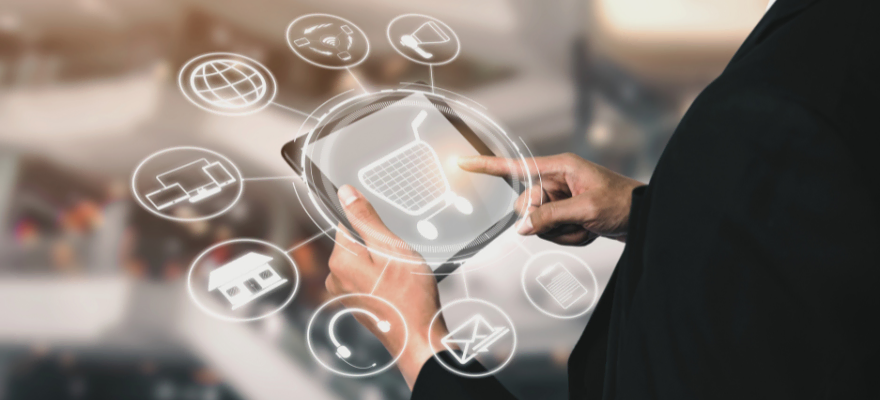
What is Omnichannel Marketing?
Think of omnichannel marketing as one long communication thread between your brand and the shopper. Whether they are on your site, checking email, scrolling social, or walking into your physical store, the experience should be connected.
Instead of siloed tools or disconnected platforms, everything works together. Your marketing messages, advertising, inventory, and even your customer service create a unified brand experience.
This approach connects every marketing channel. From email and SMS to your mobile app and e-commerce, it all comes together in a single omnichannel environment.
Differences Between Omnichannel and Multichannel Approaches
Multichannel marketing is like putting all your eggs in different baskets — Instagram here, a website there, maybe some ads.
Omnichannel is different. It brings everything together. It’s coordinated, intentional, and centred on consumer behaviour.
They don’t see channels. They see your brand. And that connection builds loyalty.
Why Omnichannel Marketing Is Important for Today’s Businesses
Canadian businesses competing online and offline are expected to deliver a smooth user experience.
Whether you are in health care, retail, or a service-based organization, your customer expects one consistent experience.
With AI, technology, and cloud computing powering marketing automation, you have the right tools. The key is using them as part of an omnichannel retail strategy, not just a disconnected tactic.
Benefits of Omnichannel Marketing for Customer Experience
Creating an Omnichannel Experience That Drives Loyalty
When customers don’t have to repeat themselves, dig around for information, or jump through hoops — they come back. A consistent experience across channels helps build brand trust and keeps them loyal.
Here’s what loyalty through omnichannel looks like:
- Getting personalized suggestions whether shopping online or in-store
- Receiving SMS alerts for email marketing they interacted with
- Picking up online orders from your brick-and-mortar store with no friction
- Earning points from purchases across multiple channels through a loyalty program
How Omnichannel Personalization Impacts the Customer Journey
Data makes the difference.
You can personalize experiences when you know what they browsed, clicked, abandoned, and where they shopped.
Great personalization includes:
- Triggered email marketing flows after cart abandonment
- In-store experience driven by online preferences
- Targeted advertising that matches a user’s behaviour, not guesswork
The Link Between Omnichannel Customer Experience and Retention
Retention isn’t magic. It’s earned. When the omnichannel customer experience is smooth, your shopper sticks around.
Tools like customer relationship management, feedback, and marketing automation build trust over time.
How to Create an Omnichannel Strategy That Works
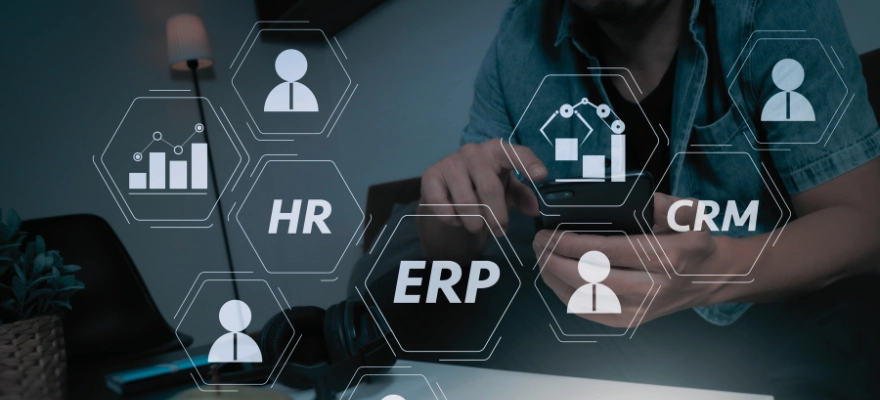
Mapping Out the Omnichannel Customer Journey
Start with your real customer journey. Where do they begin? Where do they pause? How do they interact with your brand?
Common paths look like:
- Seeing your promo on social media, which fits into an omnichannel strategy
- Reading email marketing content
- Visiting your physical store
- Buying via your mobile app on a mobile device
That’s the omnichannel experience.
Steps to Create an Omnichannel Strategy
Your omnichannel approach begins with clarity.
- Map every touchpoint
- Centralize data using CRM
- Align your marketing team on one brand strategy
- Integrate your marketing efforts across systems
- Track customer satisfaction, not just clicks, using analytics and lead management tools
How to Use an Omnichannel Strategy Across Platforms
Every part of your purchase funnel should work together:
- Buy online and pick up in-store
- Use email or telephone to follow up offline visits
- Run marketing campaigns that include your mobile app, site, and mail order promos
- Sync inventory across commerce channels like e-commerce and retail
Real-World Examples of Omnichannel Marketing
Omnichannel Marketing Examples from Top Brands
Best Buy is a great example of omnichannel marketing done right:
- Live stock checks for in-store items
- Chat support and pickup options
- Loyalty program integrated into their mobile app
Amazon leads with:
- Seamless commerce across devices
- Frictionless returns online and offline
- Personalized marketing messages across every channel
In-Store and Digital Integration: Omnichannel in Action
Picture a simple Toronto boutique as an example:
- Shares new product drops on Instagram
- Uses Shopify for checkout
- Sends SMS to invite regulars to in-store events
- Keeps stock updated across systems in real time
It’s a straightforward way to show what an omnichannel marketing strategy can look like in action.
Lessons Learned from Effective Omnichannel Campaigns
Takeaways from successful omnichannel brands:
- Keep all departments aligned
- Use automation to save time, not break the experience
- Treat online and brick and mortar stores as one unit. If you separate the two, you risk making one of the most common digital marketing mistakes.
- Grow with the omnichannel strategy to ensure scale and reach the target audience
Trends in Omnichannel Marketing You Should Watch
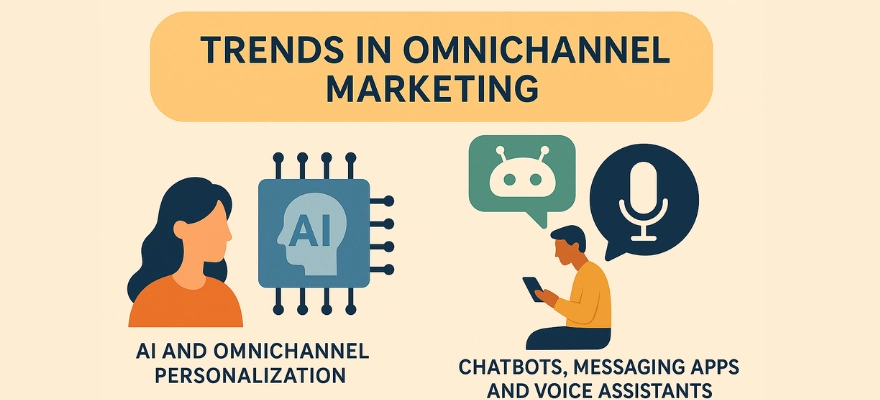
AI and Omnichannel Personalization
AI is the next frontier in personalized marketing.
Predict what people want, when they want it, on the marketing channel they prefer.
This is where omnichannel marketing allows smarter targeting through virtual assistant tools and AI-powered chatbots.
Chatbots, Messaging Apps, and Voice Assistants
Be where your consumer hangs out.
That means:
- Messenger apps
- Smart voice search
- Real-time chatbots and assistants
The Role of Data and Omnichannel Attribution Models
Omnichannel attribution is about understanding the full customer journey and providing visibility across channels.
It connects actions from ad view to in-store sale, improving strategic management and future marketing tactics.
Measuring Success with Omnichannel Attribution
What Is Omnichannel Attribution?
Forget single-touch credit. Omnichannel marketing is the integration of actions across the funnel.
It tracks the components of an omnichannel strategy in real time and identifies what creates demand.
Tracking Metrics Across the Customer Journey
Focus on:
- Customer engagement by marketing channel
- Time between each touchpoint
- Visits from digital to in-store
- Full customer lifetime value and feedbacks
Tools to Measure Omnichannel Campaign Performance
Use:
- CRM with strong integration of marketing features
- Feedback tools for voice-of-the-consumer
- Analytics that monitor omnichannel campaign results and track market segmentation, and tools for creating SEO content that supports the customer journey
FAQ
What is the difference between omnichannel and multichannel marketing?
Multichannel marketing uses many platforms. Omnichannel connects them into one system for a seamless experience.
How do I start building an omnichannel strategy?
Start by mapping the customer journey. Align teams. Choose tools that support your omnichannel approach.
What tools help with omnichannel marketing?
Look for CRM, email marketing, marketing automation, and inventory sync tools.
Can small businesses use omnichannel marketing?
Yes. Even a few connected marketing channels can improve customer experience.
How do I measure omnichannel success?
Use omnichannel attribution, track shopping behaviour, and monitor customer satisfaction.
Conclusion
Omnichannel marketing is how we stop dropping the ball.
It’s how we connect with people at every stage of the customer journey and deliver a seamless omnichannel experience.
Start by creating a system that works. One that connects, personalizes, and actually delivers.
Omnichannel marketing ensures your communication gets through. Every time.
Disconnected messages cost businesses trust.
We can help you unify your brand voice across web, content, and communication so your customers get one experience, not five different ones.
Have questions or want to get started? Shoot us a message and let’s talk.


